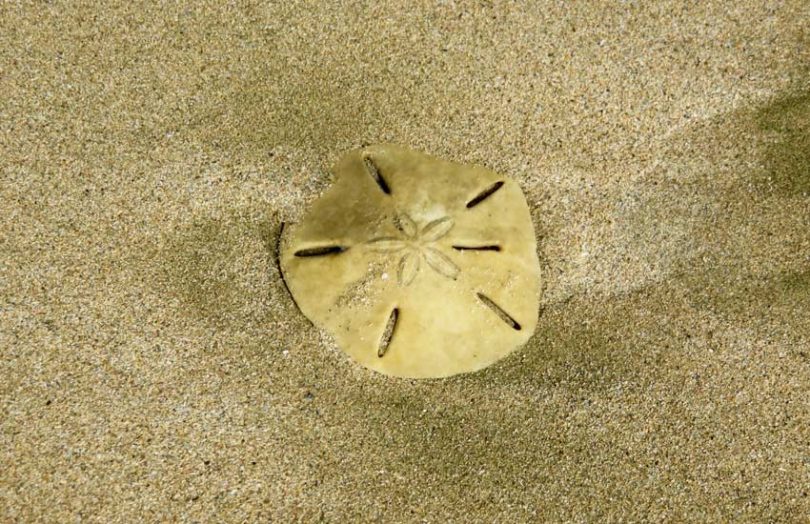In October, the Bahamas plans to launch its central bank digital currency (CBDC), the Sand Dollar. Each Sand Dollar is equivalent to one Bahamian dollar, which in turn is pegged to the US dollar. The project was first announced in 2018 and pilots were unveiled on two island last December.
Every country has a unique set of reasons for potentially launching a CBDC. In the case of the Bahamas, a key driver is to promote financial inclusion and access.
The Bank reported that pockets of the population are excluded because of remoteness or because of more stringent know your customer (KYC) requirements. Also, in recent years numerous banking branches have closed for commercial reasons. Plus, improving financial inclusion helps to formalize the economy. For example, if small informal vendors can accept digital payments, they can establish a credit history and enter the formal sector. But we wonder about their concerns about paying taxes.
A second reason for the Sand Dollar is to reduce the costs of using cash. There’s also an argument that it’s safer than physically depositing bundles of cash. However, we’ve all heard of wealthy crypto investors hiring bodyguards and using multi-signature wallets to guard against holdups and kidnapping to steal digital wallets.
More recently, both Hurricane Dorian and COVID-19 highlighted additional benefits. In the case of storm damage, it took weeks or months to restore local bank branches and ATMs, but mobile phone coverage was reinstated within days. And for the pandemic, digital payments are contactless and remove the need to queue at banks.
How it works
Earlier this month, two Bank executives spoke to ICTPulse about the mechanics of launching the Sand Dollar.
If a bank or payment provider wants to add Sand Dollars to their wallet, they request it from the Central Bank, which mints the Sand Dollars and adds it to the institution’s wallet. The payment for the Sand Dollars is made in fiat currency. These institutions are the gateways for individuals and businesses to top up their wallets. To start a Sand Dollar, wallet users do not require a bank account. Nor do they need a phone as there’s an option of a card-based wallet similar to a prepaid credit card.
Chaozhen Chen, assistant manager of eSolutions at the Central Bank compared the Sand dollar to physical cash. “One, the tangibility of the currency is different. Two, the way that it’s created, delivered and secured are drastically different. And three the channels through which it’s delivered are drastically different as well,” he said talking to ICTPulse.
The Central Bank has an in-house know your customers (KYC) or eKYC solution, which all the institutions can use and hence don’t need to incur extra costs. This is used to establish which of three wallet levels a user can have. A basic wallet only requires an email address or phone number but no photo ID. However, it is restricted to a $500 balance and $1500 in monthly transactions. The next level requires any government photo ID and the limits are $5,000 for balances and $10,000 transactions. And the enhanced level requires businesses to provide their license and tax filings. Or high net worth individuals have to demonstrate proof of wealth.
Key learnings
Cleopatra Davis, who heads up Banking at the Central Bank, spoke about the incumbent banks’ feedback. “The initial reaction was that of competition. However, with education we saw that they began to realise the avenue for add-on business and the benefit of the digital currency,” said Davis. “For example, banks can now think about enhancing their client base without the need for a physical presence in some of the islands of the Bahamas.”
In terms of other key learnings, Chen believed that if there were a more developed existing digital infrastructure, it would make the introduction of a CBDC easier. But both Chen and Davis emphasized the need for education. Chen highlighted that some segments of the population were strongly resistant to digital currencies. And Davis noted the importance of engaging key stakeholders early. She said that in addition to getting buy-in, these stakeholders would also help to promote the CBDC.
Details about the technology used were a little thin on the ground. There was a reference to it being future-proofed. In March last year, the Bank announced its partner would be local firm NZIA supported by IBM and Singapore-based Zynesis.






